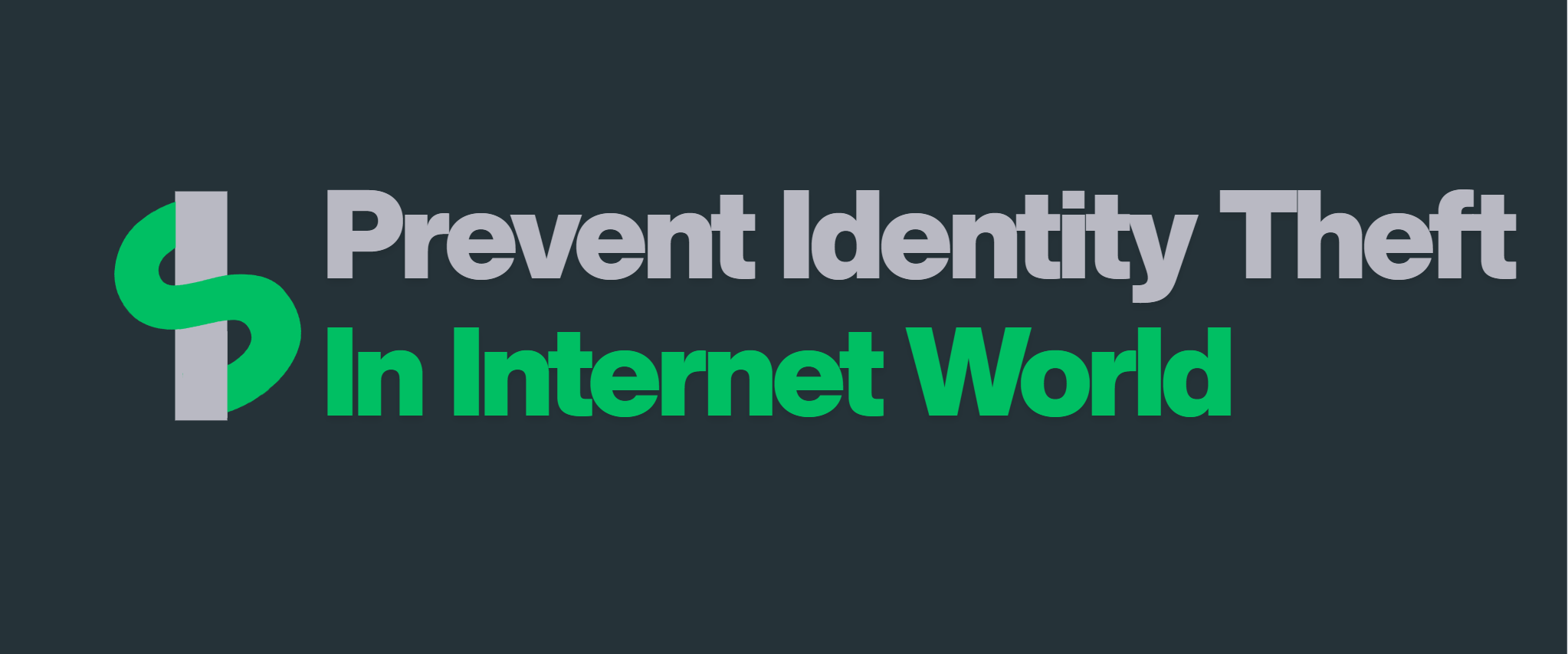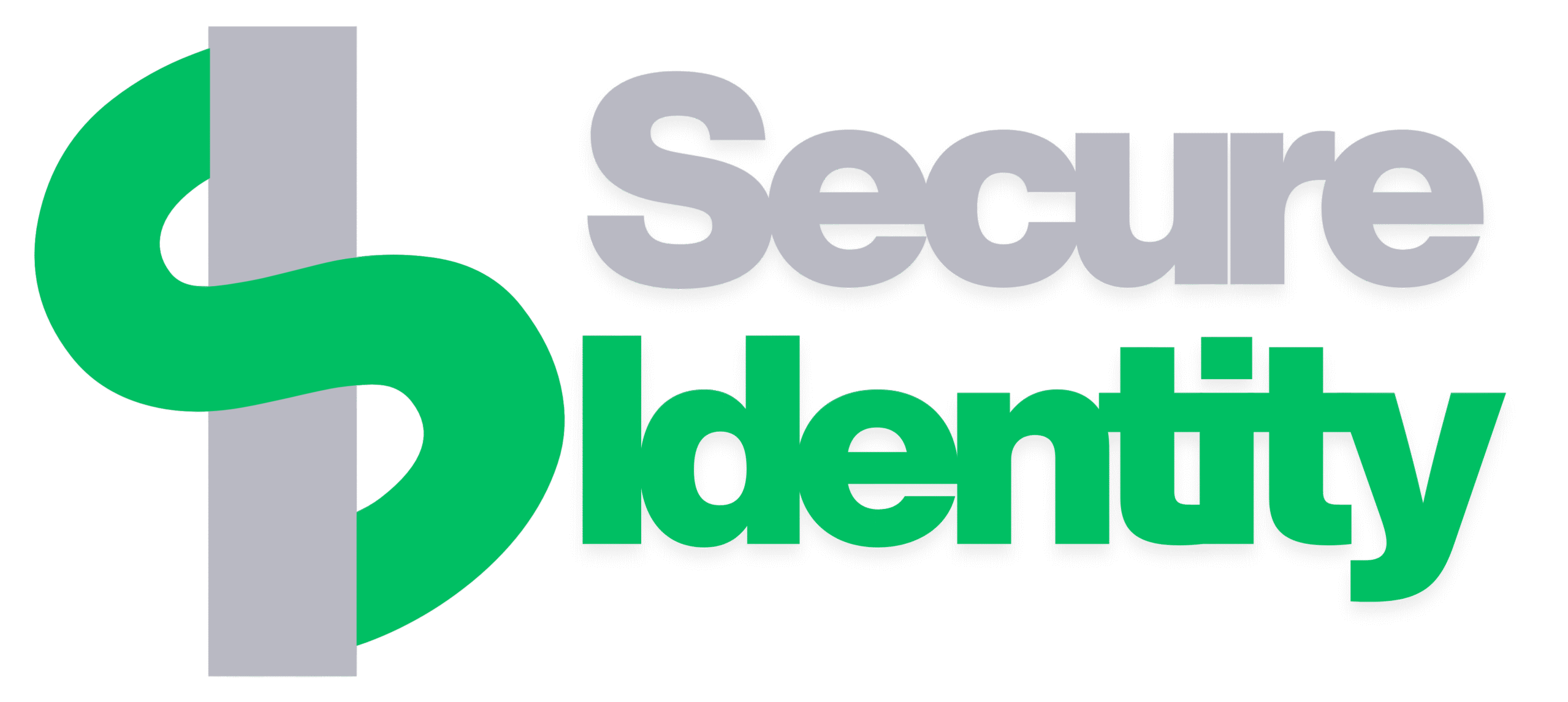
Identity theft isn’t a problem for “other people” — it’s a threat waiting at the door of every smartphone, every inbox, and every online account. In 2023 alone, more than 15 million people in the U.S. were victims of identity fraud, losing a combined $52 billion. And the numbers are only rising.
In this comprehensive guide, you’ll learn:
- How identity thieves operate in 2025.
- The red flags you should never ignore.
- Practical steps to secure your personal and financial life.
- What to do if you’ve already become a victim.
By the end, you’ll have a personal defense plan you can start using today.
Chapter 1: What Exactly is Identity Theft?
Identity theft is when someone uses your personal information without permission to commit fraud, theft, or other crimes. It’s not just about stolen credit cards — it’s about someone pretending to be you.
Types of Identity Theft
- Financial Identity Theft: Fraudsters open new credit cards, take loans, or make purchases under your name.
- Criminal Identity Theft: A criminal gives your information to police during an arrest.
- Medical Identity Theft: Fraudsters use your identity to obtain medical care, prescriptions, or insurance.
- Synthetic Identity Theft: Criminals combine real data (like a Social Security number) with fake names to create a “synthetic” person.
- Child Identity Theft: Kids are prime targets since parents rarely check their credit.
Real-World Cases
- A woman in Florida discovered over $100,000 in medical debt under her name — but she had never been hospitalized.
- In California, a 7-year-old had a car loan taken out in his name.
Identity theft takes many shapes, but the outcome is always the same: stress, financial loss, and months (or years) of recovery.
Chapter 2: How Cybercriminals Steal Your Identity
Identity theft doesn’t just happen when someone “hacks” your computer. Criminals rely on digital and physical methods to gather enough data to impersonate you.
Digital Attacks
- Phishing Emails and Texts: Fake alerts that trick you into revealing personal info.
- Data Breaches: Millions of records exposed when corporations are hacked.
- Malware and Keyloggers: Silent software that steals your logins.
- Social Media Oversharing: Security question answers posted openly.
- Public Wi-Fi Risks: Hackers intercept unencrypted traffic.
Physical Attacks
- Mail Theft: Stolen bills or credit card offers.
- Dumpster Diving: Digging through trash for documents.
- Shoulder Surfing: Watching you enter PINs or passwords.
The Dark Web Economy
Stolen identities are sold on underground forums. Full identity kits (“fullz”) sell for as little as $30–$100.
Blended Attacks
Thieves mix methods: stealing mail, phishing for logins, and buying leaked info to create a full identity profile.
Chapter 3: Warning Signs You May Already Be a Victim
Early detection is crucial. Signs include:
- Unexplained credit card charges.
- Debt collection calls for accounts you never opened.
- Sudden credit score drops.
- Loan denials despite good history.
- Log-in alerts from unknown devices.
👉 Action Step: Check your credit report today at AnnualCreditReport.com.
Chapter 4: How Identity Theft Affects Different Groups
- Young Adults: Oversharing on social media makes them vulnerable.
- Families: Children’s data is stolen for long-term fraud.
- Seniors: Targeted for scams due to less digital literacy.
- Small Businesses: Criminals steal tax IDs to file fake returns.
Chapter 5: Prevention Strategies That Actually Work
Master Your Passwords
- Use a password manager.
- Never reuse passwords.
- Favor passphrases over short codes.
Enable Multi-Factor Authentication (MFA)
An extra layer of security even if your password leaks.
Monitor Your Digital Footprint
- Search your name monthly.
- Use “Have I Been Pwned.”
- Set Google Alerts for personal details.
Secure Devices & Networks
- Keep systems updated.
- Encrypt devices.
- Use VPN on public Wi-Fi.
Chapter 6: Advanced Protection in 2025
- AI in Security: Machine learning detects fraud faster.
- Blockchain Verification: Decentralized ID may reduce fraud.
- Continuous Authentication: Biometrics that monitor users in real-time.
Chapter 7: What To Do If You Become a Victim
First 24 Hours
- Contact your bank.
- Place a fraud alert.
- Change passwords.
First 30 Days
- File an FTC Identity Theft Report.
- Contact police if needed.
- Dispute fraudulent accounts.
First 6 Months
- Monitor your credit closely.
- Keep detailed records of recovery steps.
Chapter 8: The Legal Side of Identity Theft
United States
- FTC resources, CCPA (California), other state laws.
European Union
- GDPR Right to Erasure (“Right to Be Forgotten”).
Other Countries
- Protections vary, but awareness is growing.
Chapter 9: Tools, Resources, and Services
Paid Services
- LifeLock
- Aura
- IdentityForce
- Identity Guard
Free Resources
Password Managers
- 1Password
- Bitwarden
- Dashlane
Chapter 10: The Future of Identity Security
- AI-driven scams will increase.
- Deepfake technology used for fraud.
- Growth of decentralized ID systems.
- Education will be the most important defense.
Conclusion: Building a Life-Long Defense System
Identity theft is growing — but so can your defenses. By combining smart digital habits, strong financial protections, and rapid response plans, you make yourself a far harder target.
👉 Take Action Today:
- Review your digital footprint.
- Freeze your credit.
- Educate your family.
- Explore more guides on our website.
References
- FTC.gov – Identity Theft Resources
- Javelin Research 2024 Identity Fraud Study
- Experian – Credit Freeze Guide
- Security.org – Identity Protection Services Review 2025
- Secure Identity Help
Ultimate Guide to Remove the Exposed Data in Internet World
In today’s hyper-connected digital world, personal data exposure is not just an inconvenience — it’s…
The Ultimate Privacy Guide – Protecting Identity in an Unusual World
Protect Your Identity Now: Essential Steps if Your Data Is Stolen or Exposed. The Ultimate…
About Us – Ultimate Guide to Privacy in a Surprising World
SECURE IDENTITY Secure Identity was created with one clear mission: to provide individuals across the…
Contact
Want to get in touch? Use this contact form below. We typically reply within 24…
Ultimate Guide To Avoid Thieves In The Online World
Identity theft isn’t a problem for “other people” — it’s a threat waiting at the…
How to know if Hackers have Stolen your Data
Data breaches are no longer rare events. Every day, hackers break into databases, leak sensitive…
